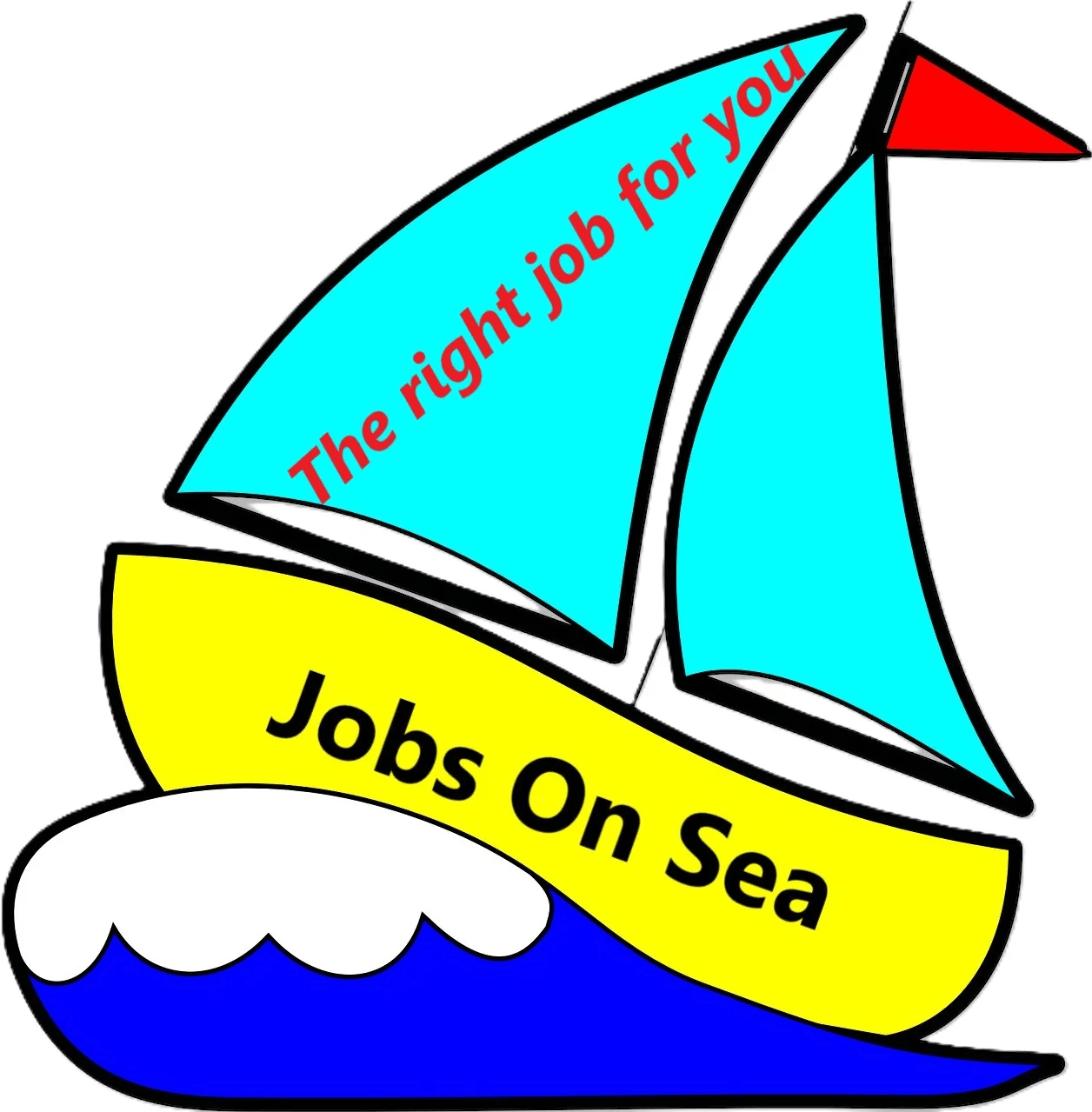1. What is marine engineering?
The Bachelor of Marine Engineering degree is a 4-year programme that focuses on the construction, operation and maintenance of various types of marine vessels such as cargo ships, cruise ships, fishing boats, combat ships and submarines.
This programme aims to provide students with the knowledge and skills that will enable them to operate and maintain the various machinery installed on marine vessels, including propulsion plant, auxiliary and auxiliary machinery, electrical and refrigeration systems.
2. What are the duties and responsibilities of a cadet engineer on board?
Chief Engineer – is responsible to the Master for the satisfactory operation of all machinery and equipment.
Chief Engineer – is responsible for practical maintenance for the Chief Engineer to supervise. Is under the command/instruction/supervision of the Chief Mechanic. Duties: Work planning, Repairs and Maintenance and Machine compartment manager.
Officer 3 or 4 – are usually carriage officers or senior engineers in charge of the carriage. They follow the instructions of the chief assistant engineer. Repairs and Maintenance. Carriage Officers.
Cadet mechanic – is the youngest personnel in the car department. Is responsible for obeying the orders of the chief assistant mechanic.
3. Differentiate between diesel engine and gas engine.
Both are internal combustion engines designed to convert chemical energy into mechanical energy.
Diesel engine – Air mixed – with fuel injector that produces combustion. In order to burn, heat resulting from compression must be applied.
Gas engine – With spark plug to produce heat.
4. What is the four-stroke diesel engine?
4 cycles 2 revolutions
5. What is the two-stroke diesel engine?
2 cycles 1 revolution
6. What is the difference between a four-stroke and a two-stroke engine and vice versa?
4-stroke – 4 cycles 2 revolutions
2-stroke – 2 cycles 1 revolution
7. Explain four-stroke and two-stroke cycles.
8. Advantages and disadvantages of four – stroke and two – stroke.
A two-stroke engine can produce twice as much power (and make twice as much noise). Two-stroke engines are simpler and cheaper to manufacture than four-stroke engines because of their simpler design.
Four-stroke engines have a longer life than two-stroke engines that do not have a dedicated lubrication system. Four-stroke engines are more fuel efficient and environmentally friendly compared to two-stroke engines which also create an unpleasant smell.
9. What is refrigeration?
Refrigeration is a process of moving heat from one place to another.
10. Draw and explain the refrigeration cycle.
Compressor-compresses the refrigerant
Oil-water separator – removes oil and water
Receiver (optional)
Evaporator-place where heat absorption takes place
Condenser-cools the refrigerant after compression
Expansion valve – controls refrigerant flow to evaporator
11. What is the difference between a purifier and a clarifier?
Both are used in a separation process.
Purifier – two liquids of different densities are separated using a centrifuge.
Clarifier – when the same centrifuge is used to separate solid impurities from the fuel.
12. What are pumps and cite the types of pumps and their uses?
A pump is a device that moves fluids (liquids or gases), or sometimes suspensions, by mechanical action.
13. Parts of the main engine.
Camshaft, crankshaft, crankshaft, piston, intake and exhaust valve, combustion chamber, connecting rod, cylinder liner, cylinder liner, cylinder head.
14. Define the parts of the main engine and their functions.
15. What does series mean?
A series circuit has more than one resistor (anything that uses electricity to do work) and gets its name because it has only one path along which loads travel. This is because the components are connected end-to-end in a line to form a single path for the electrons to flow.
16. What does parallel mean?
A parallel circuit has more than one resistor (anything that uses electricity to do work) and gets its name from having more than one (parallel) path of travel. There are multiple electron paths, but only one voltage across all the components.
17. What is the difference between series and parallel?
18. Is a Christmas light a series connection?
Series
19. What is the difference between direct current and alternating current?
Direct current is defined as a “unidirectional” flow of current; current flows in only one direction.
Alternating current describes the flow of charge that periodically changes direction.
20. Give examples of direct and alternating current?
Your refrigerator, washer and dryer, oven, lights, use alternating current.
Your mobile phone, cordless phone, flashlight use direct current.
21. Examples of machine tools and their functions
Drilling- is a cutting process that uses a drill to cut or enlarge a hole of circular cross-section in solid materials.
Welding – is used to join two metals.
Lathe- is a machine that rotates the workpiece on its axis to perform various operations, such as cutting, grinding, notching, drilling or deforming, turning, using tools that are applied to the workpiece.
Grinder – is a grinding tool with an abrasive disc
22. What is welding?
Welding is a fabrication or sculpting process that joins materials, usually metals or thermoplastic materials, by producing fusion, which differs from lower temperature metal joining techniques such as brazing and soldering, which do not melt the base metal.
